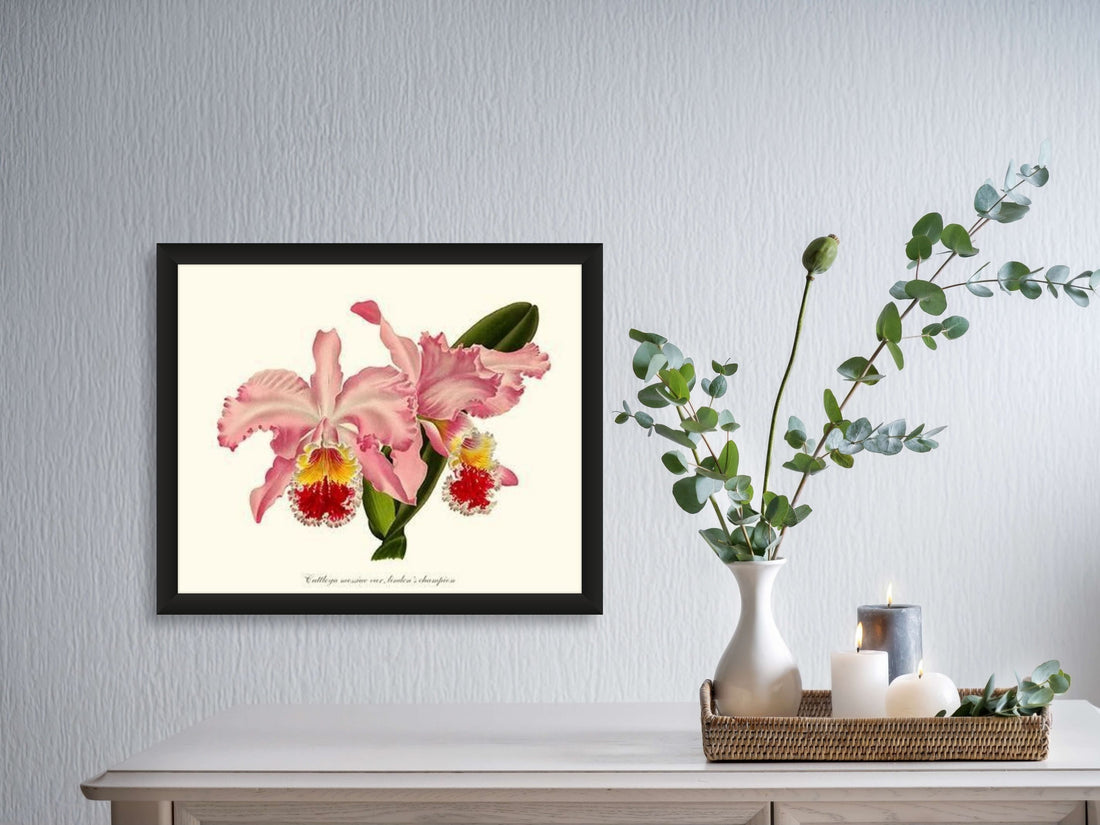
Orchid Fever Through the Ages
Share
 Legend has it orchid fever found it’s way through the jungles and across the ocean to Victorian England in 1818 when William John Swainson sent back a box of plants he’d collected in Rio de Janeiro. He used orchids as packing material. The orchids he used had not flowered and he believed them to be simply parasitic plants. Upon arrival in London, it flowered, astonishing everyone who viewed it with its unusual shape and color. Legend has it that’s how it all began.
Legend has it orchid fever found it’s way through the jungles and across the ocean to Victorian England in 1818 when William John Swainson sent back a box of plants he’d collected in Rio de Janeiro. He used orchids as packing material. The orchids he used had not flowered and he believed them to be simply parasitic plants. Upon arrival in London, it flowered, astonishing everyone who viewed it with its unusual shape and color. Legend has it that’s how it all began.
Victorian England was ripe for orchid fever to take hold. It was a notoriously quirky time where it was popular for people to collect exotic and unique oddities. Orchids met both of these criteria. They were strange and held such an usual beauty. They also came from exotic and dangerous locations and often didn’t survive the trip back. Incidentally, neither did their hunters. It wasn’t unusual for a group of orchid hunters to travel to an exotic location like the Philippines or South America in search of their prized flowers and for maybe one of the original hunters to return. Wild animal attacks, kidnapping, cannibalism, poisonous snake bites, and being sabotaged by fellow orchid hunters were all common fates. Many who set out disappeared and were never seen or heard from again.
Norman McDonald wrote in his book The Orchid Hunters published in 1939, “When a man falls in love with orchids, he’ll do anything to possess the one he wants. It’s like chasing a green eyed woman or taking cocaine, it’s a sort of madness.”The orchid hunting craze began to wane in the early 1900’s when they began to be propagated. With more domestic varieties readily available, the demand for hunting orchids overseas in geographically volatile locations shrunk.
Today, however, Americans spend more money on orchids than on any other houseplant. There are currently over 25,000 species of orchids that have been collected and orchid cultivation has become a multibillion dollar industry. Despite their availability, orchid hunters continue to travel to dangerous locations and brave the violence and the elements in search of new and more exotic orchids.
According to Susan Orlean, author of The Orchid Thief, “Orchid hunting hasn’t really changed over the last 200 years and orchid hunters haven’t really changed. You have to be brave; you have to be somewhat foolish.”
Tom Hart Dyke, a young orchid hunter, was captured and held hostage by guerrillas for nine months in Columbia while hunting for orchids. Shortly after he was released, he made plans to travel to New Guinea to find new species of orchids.
Hart Dyke told reporters, “I know that it’s got its political problems. I know there’s a lot of guerrilla activity there. I know that the terrain is terrible and the diseases are rife, but that’s why it’s such a good place to go.”
